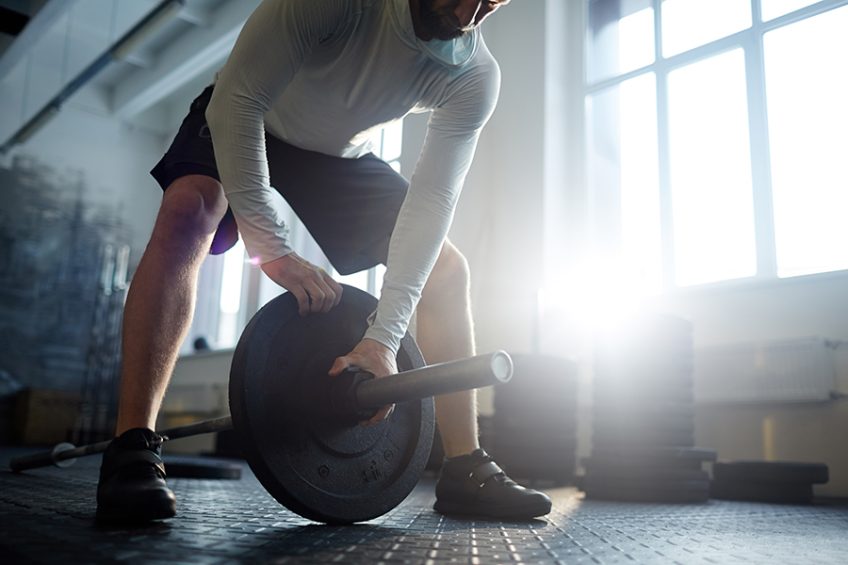About 80% of adults suffer from back pain and when we are lifting heavy objects we use our spine, as a result there are many jobs where workers use ergonomic equipment capable of reducing or eliminating human effort to prevent the occurrence of back pain.
It seems a simple and handy thing, but, most of the time, the correct position of the back is not respected during lifting and thus the annoying pains appear in the lumbar area.
Back pain occurs for various reasons, but the most common is physical stress, during which we do not protect our spine. If you move, and the boxes and packages are in your care to be lifted from the bottom and placed in the car, try to follow some simple rules to avoid back pain.
CONTENT:
- What is the weak point
- Is it recommended to avoid lifting weights?
- Optimal position for lifting weights
What is the weak point
Specialists who recommend avoiding lifting weights also indicate that back pain is not caused by a single lifting movement of heavy objects. Repeated bending of the back and spine is considered a risk for injury, especially when the lifting movement also involves rotating the torso.
Professional paddlers flex their torso and add pressure to the lower back hundreds of times a day of training. About a third of them complain of at least one episode of back pain over a 12-month period, but most fully recover.
This shows that, most often, the human body tolerates this type of activity. However, bending, lifting weights, flexing the torso and exerting pressure on the lower back are activities associated with back pain, but things do not seem to be fully connected.
There seems to be another weak point in the lower back that needs to be gradually prepared to cope with the physical pressure on him. In this sense, the sudden change in the weight of the lifted objects is associated with the increased risk of back pain.
Is it recommended to avoid lifting weights?
Most often, to avoid back pain, it is recommended to avoid lifting weights. However, research shows that this recommendation is ineffective in reducing the risk of back pain and spinal cord injury.
Human tissue must be exposed to exertion to become strong, and the spine is a good example of this. Thus, lifting weights, performed frequently, prepares both joints, muscles and ligaments for performing normal daily tasks.
Lack of weightlifting has been shown to have detrimental effects on spinal health. From studies conducted on astronauts we find that the lack of exposure to effort and lifting weights performed in microgravity causes loss of muscle mass and stiffness of the spine.
Some astronauts, who were previously in good health, suffered from back pain after returning from the mission. The prolonged period of stopping the sustained effort caused damage to the spine which in turn caused back pain.
Optimal position for lifting weights
The spine has a much more stable structure when curved, according to specialists. So, tips to keep your back straight and flex your entire torso when lifting weights are meant to apply more pressure to the muscles around your hips and legs to ease the load.
However, such advice can be wrong if the muscles in these areas are weaker, which means that the emphasis should be especially on strengthening these muscle groups.
Nowadays, people are less and less active, overweight, which means that their body is less and less able to tolerate physical activity and the effort for which the human body was designed.
Therefore, the latest medical recommendations show that the best way to prevent back pain is physical exertion through exercise that strengthens all muscle groups involved in lifting weights in order to prevent injuries and associated back pain. them.
As a result, instead of avoiding lifting weights, we should include this activity in our regular exercise routine to prepare our bodies for this type of activity.


